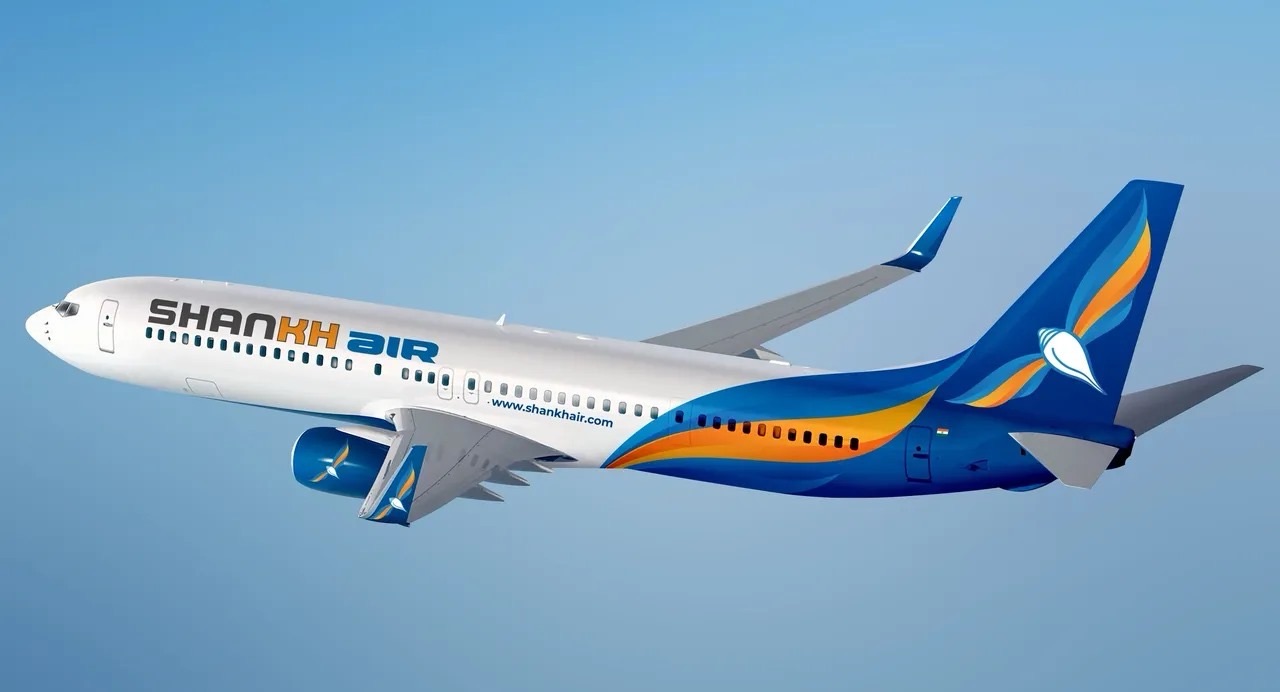Shankh Air, the newest airline in India, is set to launch by the end of 2024 after obtaining approval from the civil aviation ministry. This development is significant for Uttar Pradesh, as Shankh Air intends to be the state’s first scheduled airline, with hubs planned in Lucknow and the new Noida International Airport. The airline’s strategy will concentrate on both inter- and intra-state routes, focusing on regions with high demand and few direct flight alternatives. As per the ministry’s approval letter, Shankh Air must adhere to foreign direct investment regulations, market regulator Sebi rules, and other compliance standards. The No-Objection Certificate (NOC) granted for its operations will remain valid for three years.
India’s aviation market
The launch of Shankh Air occurs amid a wave of consolidation within India’s aviation industry, which is currently dominated by larger airlines. IndiGo, recognized as the largest airline in the country, commands a substantial 63 percent market share and continues to expand its reach.
On the other hand, Air India, which holds the second position, is undergoing a major restructuring. The airline is preparing to merge with Vistara, a joint venture between Tata Group and Singapore Airlines, pending necessary regulatory approvals.
As the larger airlines expand, smaller carriers are finding it increasingly challenging to compete. Go Airlines India Ltd. halted its operations in May, citing financial difficulties and engine malfunctions, while SpiceJet has been experiencing continuous losses for the last five years. SpiceJet’s market share has drastically decreased from 5.6 percent in January 2023 to merely 2.3 percent by August, as it grapples with insolvency actions and rising debts.
Industry analysts observe a distinct trend toward consolidation, predicting that a handful of leading airlines will dominate 75 percent of the market, leaving limited space for smaller carriers to operate. Rajat Mahajan, a partner at Deloitte Consulting, notes that this concentration will result in fewer options for consumers and increased ticket prices.
New entrants like Akasa Air and Fly91, despite entering the market with high expectations, are encountering stiff competition from the established players. Akasa, launched by the late Rakesh Jhunjhunwala, and Fly91, led by Harsha Raghavan and Manoj Chacko, are striving to establish a foothold in this swiftly changing industry.
Prospects and hurdles
India has now emerged as the third-largest domestic aviation market in the world, and despite the difficulties faced by certain airlines, the industry remains vibrant. In FY24, India facilitated the travel of 376 million passengers, reflecting a 15 percent Year-on-Year (YoY) growth in air passenger traffic. The forecast for the ongoing financial year is optimistic, with domestic traffic anticipated to increase by 6-8 percent and international traffic by 9-11 percent, as per insights from aviation advisory firm CAPA India.
With domestic aviation penetration at merely 10 percent, the Indian government is advocating for further growth. The Udega Desh ka Aam Nagrik (UDAAN) initiative, designed to improve regional connectivity, is poised to extend for another decade, contributing hundreds of new airports to the nation’s aviation infrastructure.
Airline sector seeking recovery
In spite of these prospects, the sector has also experienced notable bankruptcies in recent years, including Kingfisher Airlines, Jet Airways, and, most recently, Go First. These collapses underscore the industry’s challenges, such as elevated operational costs, fluctuating fuel prices, and aircraft leasing expenses.
Nevertheless, Indian airlines are gearing up for expansion, with 84 new aircraft slated to enter service by March 2025, raising the total to 812 planes. In the coming years, nearly 2,000 aircraft are expected to augment the domestic fleet, highlighting the industry’s dedication to sustainable growth.
India’s airlines are also set to seize a greater portion of international traffic, which is forecasted to rise to 50 percent by FY28, up from 43 percent in the previous fiscal year.


